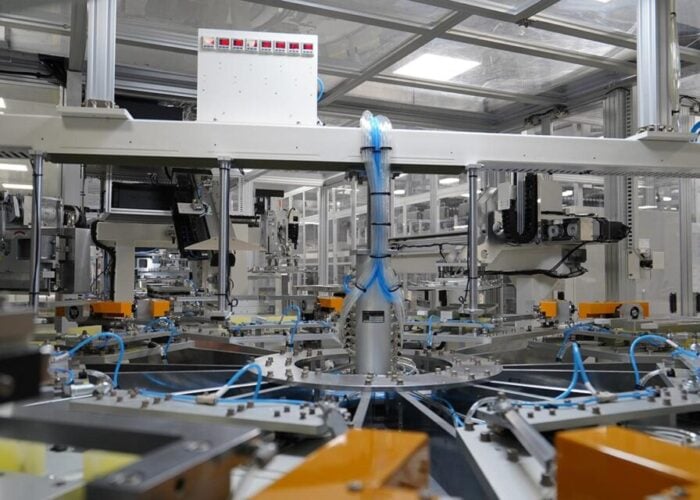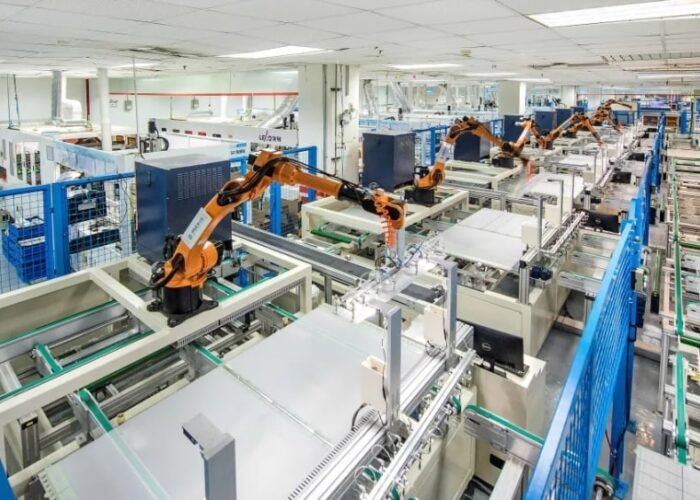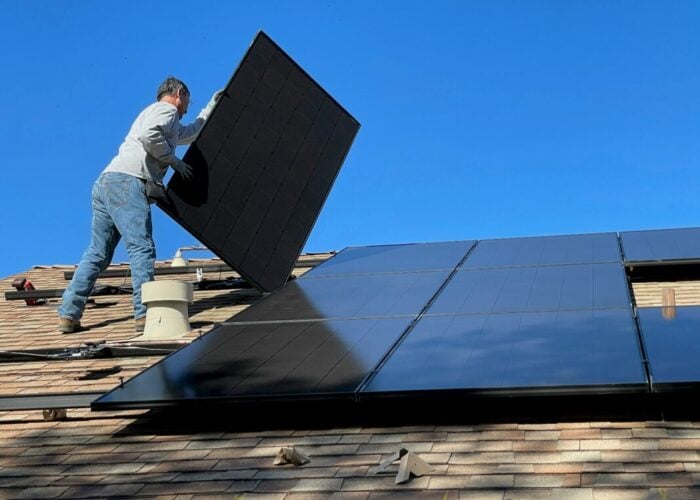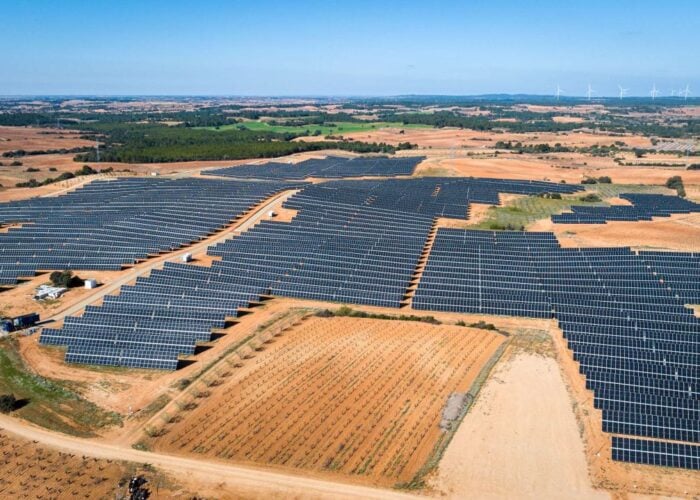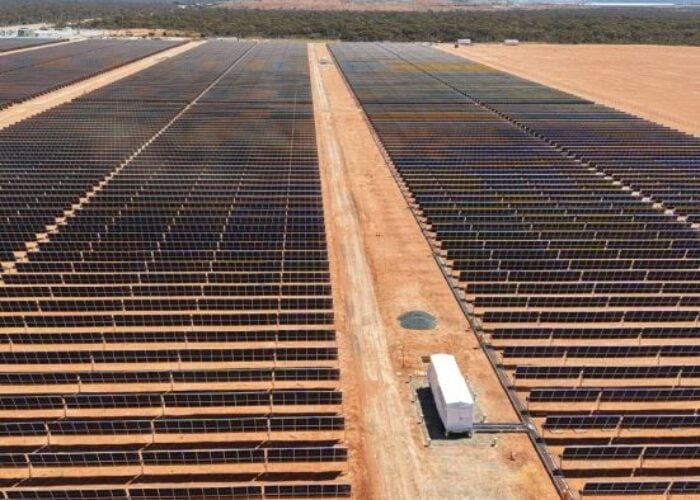Economies of scale mean that the larger the solar market, the cheaper the prices paid by customers, right? Not always, is the answer from the US government's own renewable energy laboratories.
The US solar market is so fragmented, with more than 3,200 utility territories in 50 states, that it's really no surprise that prices vary at a regional and local level.
Try Premium for just $1
- Full premium access for the first month at only $1
- Converts to an annual rate after 30 days unless cancelled
- Cancel anytime during the trial period
Premium Benefits
- Expert industry analysis and interviews
- Digital access to PV Tech Power journal
- Exclusive event discounts
Or get the full Premium subscription right away
Or continue reading this article for free
California has installed almost 4GW of solar – more than one-third of the 10GW cumulative capacity in the entire US. You'd expect prices to be cheaper in the country's largest market, but that's not the case.
California's market is the fourth most expensive in the country for systems smaller than 10kW, which captures all the residential market and a large chunk of the commercial market too. According to Lawrence Berkeley National Laboratory's most recent ‘Tracking the Sun’ report, installation costs for small systems in California are US$5.7/W, the fourth most expensive state in the country along with North Carolina. Texas, meanwhile, takes up a surprise last place in the table at $3.9/w [see slide 1].
You can intuit the reasons why, but LBNL's report provides evidence to support the hypothesis that market tolerance because of electricity retail rates is a major factor for such a highly varied patchwork of solar installed costs across the United States. Greater incentive programmes also lower a customer's upfront cash outlay, though not the price paid to the installer.
Galen Barbose, lead author of the report, said: “One specific hypothesis that has often been proposed is that prices could be higher in states that have higher incentives or higher retail electricity rates if installers are able to price their systems, in other words, charge customers based on what the customer is willing to pay rather than based on what the underlying costs are to the installer.”
Barbose said his team was already starting to look more closely at this particular dynamic. However, labour costs, permitting costs and differences in sales tax can be surprisingly influential, in some instances, adding 40 cents per watt to installed costs, he said.
David Feldman, senior financial analyst at the National Renewable Energy Laboratory, said: “There are several reasons why a customer may purchase a system for significantly more than they would elsewhere, regardless of the underlying cost to the installer due to higher electricity rates, barriers to entry within specific markets which keeps competition low.”
So what have we seen in price declines over the past year? Since 1998, installed PV system prices have fallen by 6-7% per year on average roughly in line with the decline in PV module prices. But between 2004 and 2008/9 installed prices were pretty flat.
“Price declines have occurred to some extent in fits and starts,” said Barbose. “Since 2009, however, there has been a very precipitous decline in installed prices…they have been driven by, though not exclusively by, falling module prices.”
‘Tracking the Sun’ found that median installed prices fell by US$0.3-0.9/W (6-14%) from 2011-2012, across the three size ranges [see slide 2]. Median prices for systems installed in 2012 were US$5.3/W for system sizes of 10kW, US$4.9/W for systems sized 10-100 kW) and $4.6/W for systems larger than 100kW. These national figures, however, are skewed to the higher range because of California's dominance in the market with its higher prices. This year, we can expect price declines again.
“If trends over the last three quarters are representative for the rest of the country we'd actually be on pace to exceed the installed price reductions witnessed last year for the entirety of 2013,” said Barbose. “There are some mitigating factors namely that module prices have begun to stabilise and even creep upwards in some markets. However, there is often a bit of a lag between movements in module prices and installed system prices. There still may be some residual system price reductions based just on the price of module declines that have occurred up until this point.”
But there is much further to go to reach the installed costs enjoyed in other countries. Only Japan, where even a cup of coffee can cost US$10 and electricity rates are expensive, has higher residential installed costs than the US [see slide 3]. The comparison becomes even more extreme with Germany across all categories [see slide 4].
Interestingly, the report also found that across all module efficiencies, the median installed price of systems with Chinese- brand modules was US$0.3/W to US$0.4/W lower than those with non-Chinese-brand modules. However, with module efficiencies of 14-16% (the range within which most Chinese-brand modules fall), the installed price differential between systems was considerably smaller.
Looking ahead, can we expect this trend to continue? As PV module costs decline, soft costs are left behind as a stubborn buttress to reductions in installed costs.
GTM Research forecasts that prices will drop as low as 35 cents per watt by 2017. But more conservative analyst figures estimate that by 2014 actual selling prices (ASPs) are projected to be between US$0.50/W and US$0.75/W [see slide 5].
“It should also be noted that most of these projections happened in the first quarter of 2013 before the EC and China brokered a module and component pricing floor,” said Feldman. “This doesn't take into account the fact that at least for some markets there may be a limit to how low module prices can actually go.
“Based on several different analyses it's safe to say that system price reduction continues to fall in 2013 and more is expected in the near term despite any tensions or trade issues.”

